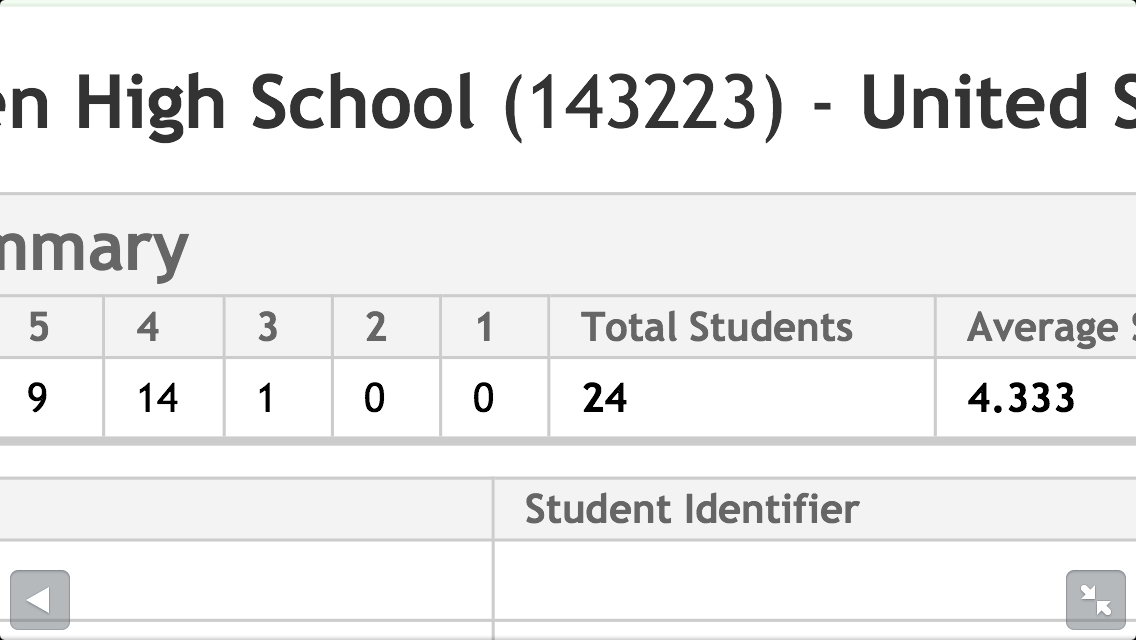Processing the process is how we learn and grow. When I think about the process of becoming a connected educator, I can acknowledge my own growth, but moreover, I am in constant awe of how many creative, intelligent, and innovative people work in education. There will never be enough zero's at the end of our paychecks to quantify the importance of our jobs, but there will always be reminders of the impact that we can have on the thousands of kids we work with everyday. For me, becoming a connected educator reminded me of this. It centered me. It humbled me. It still challenges me everyday. And if I can reflect on anything I have learned as a connected educator in the past year, its this:
1. In any profession, connections matter.
I know I am preaching to the choir on this one. Connections probably matter more in the corporate or political world, but in education, I believe connections mean everything. The connections I have made through twitter and through my blog have been foundational in my growth as an educator. It's helped tighten my vision of leadership while widening my exposure to different ideas. If the old phrase, "The smartest person in the room...is the room," is true, then look at how big our rooms truly are. The connections we are making together are building better leadership and instruction in schools everywhere. Isn't that powerful?
2. Our work is far from done.
If we are the marching army of connected educators, we have yet to take the battlefield. A friend of mine told me last month, "Man, you sure tweet a lot. I can't believe how much time you spend on that thing." It is easy to push twitter because we believe in it. I think its harder to push the connections and the resources because those take some time, and many of us struggle with time. But our connectedness has power, agency, and authenticity, and we have to continue to promote all of that, albeit gently, so that others can feel it too.
3. Every drain can become a fountain.
 In my infant stages of being connected, I was the drain and my mentors were the fountains. I was constantly asking Jason Markey if my blogs made sense. I tweeted George Couros and Jimmy Casas with hash tags that probably didn't exist. They knew I was just getting started, and I relied on those fountains to help me grow. I'm thankful for their encouragement and direction. The best way I can honor that mentor/mentee interaction is to continue to be a fountain for others as they begin their journey. Great leadership is recursive and evident in the leaders we create. When our web expands and our trees grow another branch, we are creating the exact power of connectedness that hooked us in the first place.
In my infant stages of being connected, I was the drain and my mentors were the fountains. I was constantly asking Jason Markey if my blogs made sense. I tweeted George Couros and Jimmy Casas with hash tags that probably didn't exist. They knew I was just getting started, and I relied on those fountains to help me grow. I'm thankful for their encouragement and direction. The best way I can honor that mentor/mentee interaction is to continue to be a fountain for others as they begin their journey. Great leadership is recursive and evident in the leaders we create. When our web expands and our trees grow another branch, we are creating the exact power of connectedness that hooked us in the first place.








